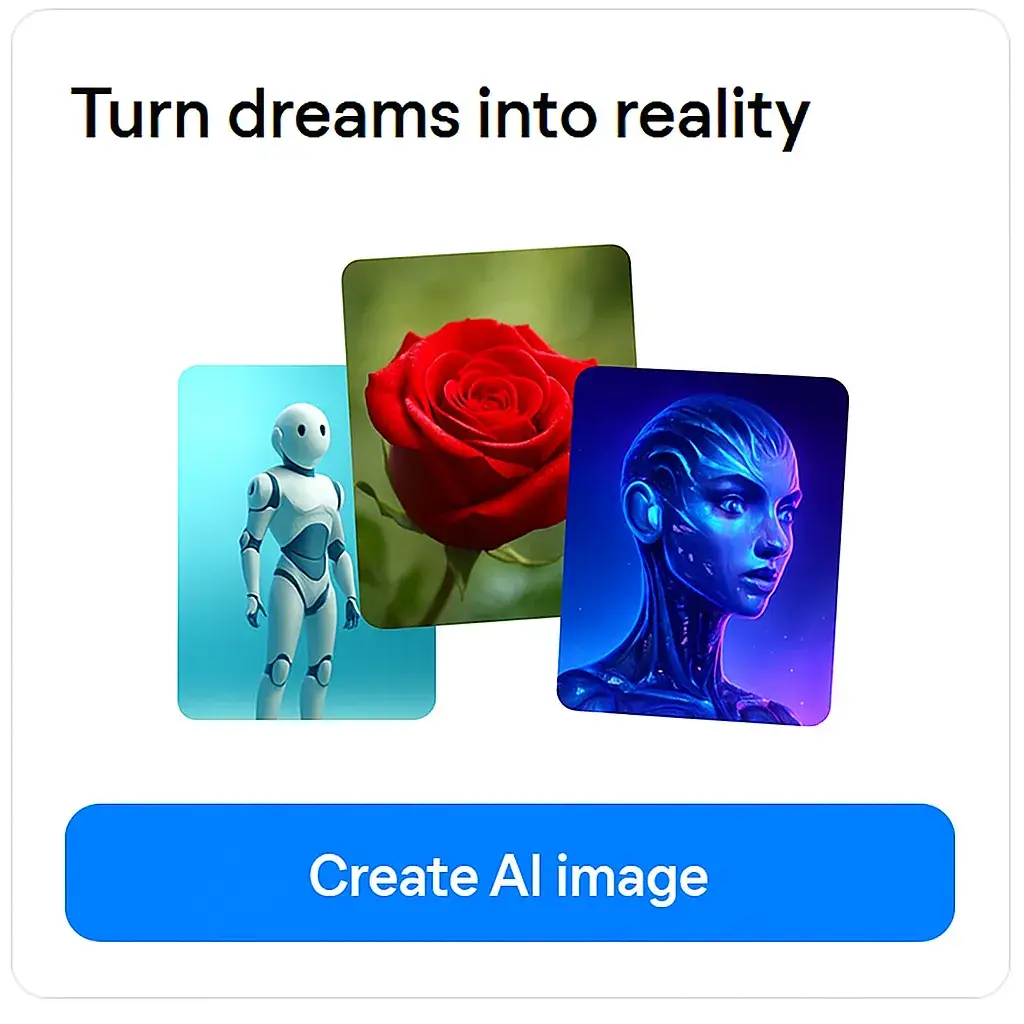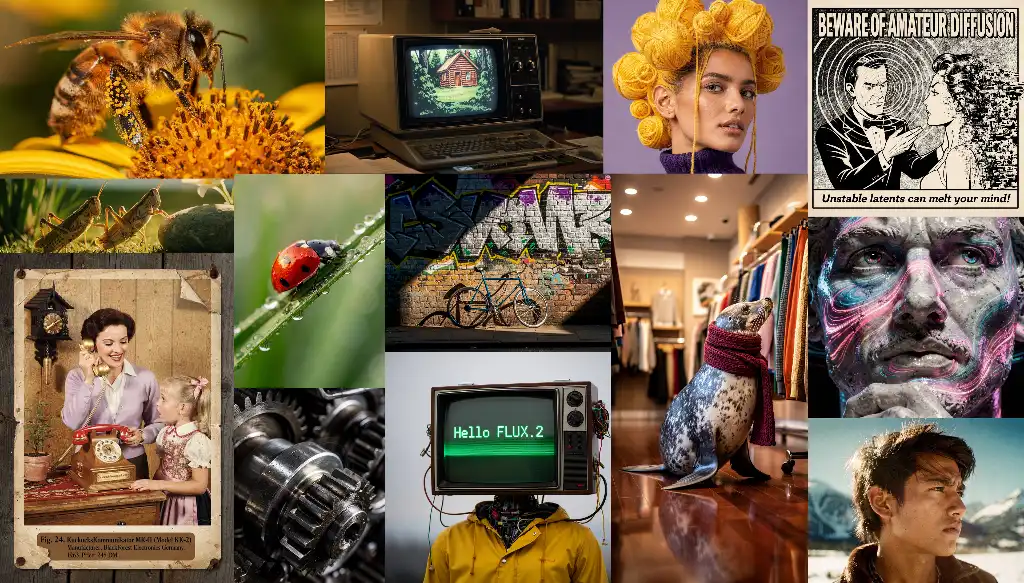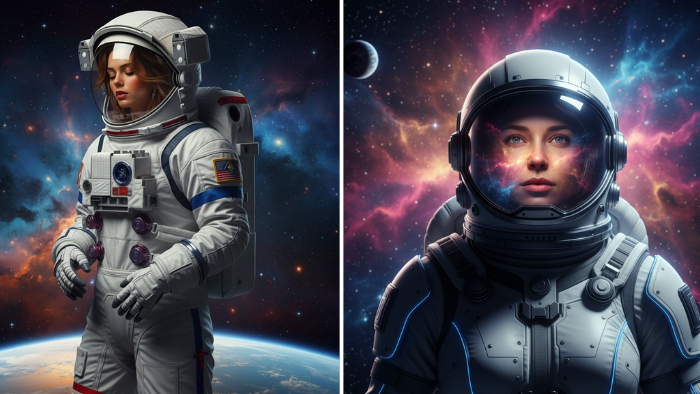
I’ve seen firsthand how AI reshapes our digital interactions. What excites me isn’t just current capabilities, but how AI is fundamentally changing UX design—making interfaces more natural, intuitive, and powerful.
🔍 The Intersection of AI and UX Is Happening Now
Five years ago, we believed AI-driven workflows were a decade away. Today, they’re here—and their impact spans every domain. Unlike past revolutions tied to specific tools, AI enhances virtually every interface and problem space.
- Universal applicability: From creative apps to productivity tools, AI can adapt to varied contexts.
- Human-centered design: At Promptus, our no-code studio embodies this: AI adapts to human intentions, rather than forcing users to learn complex tools.
🎯 From App-Centric to Intent-Centric Interfaces
Traditional UX prompts users to choose an app first (“Open Photoshop to edit images”). AI UX flips this: you express intent, and the system orchestrates the right models.
- Intent-first workflows: Users simply state what they want to create; behind the scenes, AI models (Stable Diffusion, SDXL, Veo 3, etc.) combine automatically.
- Reduced friction: No need to know which model or tool to pick—AI handles the complexity.
“I want a cinematic promo video about my product” becomes a visual workflow that picks and connects the right AI nodes.
🌐 The Rise of Context-Aware Computing
Next-gen interfaces will not only respond to direct commands but understand broader context:
- Adaptive suggestions: Recognize your workflow patterns, preferences, and project scope to offer relevant options.
- Proactive collaboration: Anticipate needs—e.g., suggest matching assets or transitions before you ask.
In Promptus Cosyflows, our visual workflows remember previous steps and adapt suggestions accordingly, making AI feel like a true collaborator rather than a mere tool.
🔍 Designing for Trust and Transparency
As AI decisions affect our work, transparency is paramount:
- Visible AI processes: Show which model handles each part of content generation and how outputs feed into the next step.
- Empowerment through learnability: When users see cause-and-effect in workflows, they learn to communicate better with AI, building trust and skill.
- Interactive feedback loops: Users can tweak parameters at any node, observing real-time changes and refining results.
This approach ensures interfaces aren’t black boxes but teaching environments, strengthening the user–AI relationship.
🤝 The Future of Human–AI Collaboration
We’re moving from “execute my command” to genuine partnership:
- Co-creative workflows: AI suggests possibilities beyond initial ideas, sparking new directions.
- Blurring boundaries: The final creation emerges from both human vision and AI capabilities, producing results neither could achieve alone.
- Evolving interfaces: Beyond chat or menus, we envision richer, interactive visuals and context-aware assistants that collaborate fluidly.
At Promptus, we witness this daily: users begin with a rough concept, AI proposes enhancements, and together they iterate toward a final piece that feels wholly novel.
Try the Next-Gen UX with Promptus 🌟
Experience intent-centric, transparent, context-aware AI interfaces:
- Promptus Web: Quick browser access to visual workflows.
- Promptus App: Advanced local features for deeper control.
Discover how AI UX design can turn your intentions into powerful creations. The AI revolution transforms digital experiences—especially in UX design—by making interfaces intuitive, collaborative, and context-aware.
Together, humans and machines can achieve more than either could alone.

our weekly insights. Join the AI creation movement. Get tips, templates, and inspiration straight to your inbox.








.png)








.avif)



